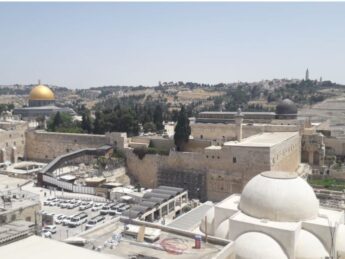Media Corrections
Accuracy and accountability are among the most important tenets of journalism. In combination, they mean media organizations are expected to publish or broadcast forthright corrections after sharing inaccurate information. The following corrections are among the many prompted by CAMERA’s communication with reporters and editors.
NPR Airs Correction in Response to CAMERA Alert About Suicide Bombing
Brattleboro Reformer Must Correct Its Correction
In responding to complaints concerning an inaccurate headline, the Brattleboro Reformer of Vermont compounded the problem with an erroneous correction which appeared April 26 on page 9.
CAMERA Op-Ed: When PBS Met Hosni Mubarak
CAMERA Op-Ed: Stone-Throwing Chic at Time Magazine
CNN Corrects Web Headline in Suicide Bombing Story
Chicago Tribune Prints Correction
In response to concerns raised by CAMERA the Chicago Tribune has printed a partial correction of a misleading Nov. 17 article. CAMERA criticized the story by Uli Schmetzer entitled “War of Attrition Claims Beloved Medic,” for misrepresenting a quotation from an Israeli soldier and misreporting the chronology of fighting in the Gilo-Beit Jala region as well as the threat that Jewish residents of Gilo face.
CAMERA Elicits Partial Correction From Chicago Tribune

